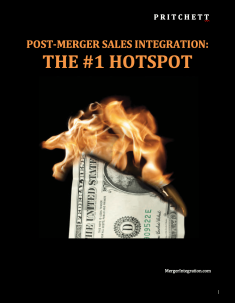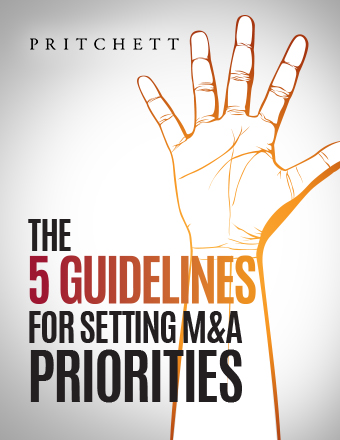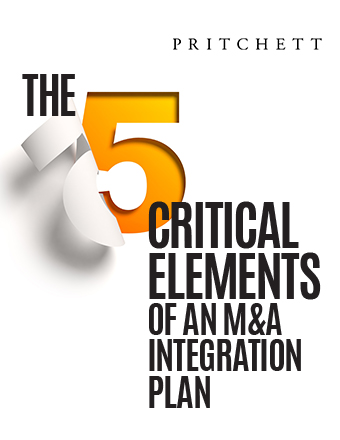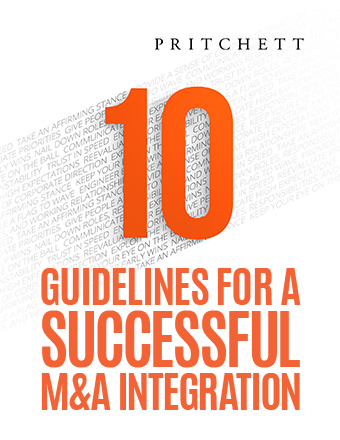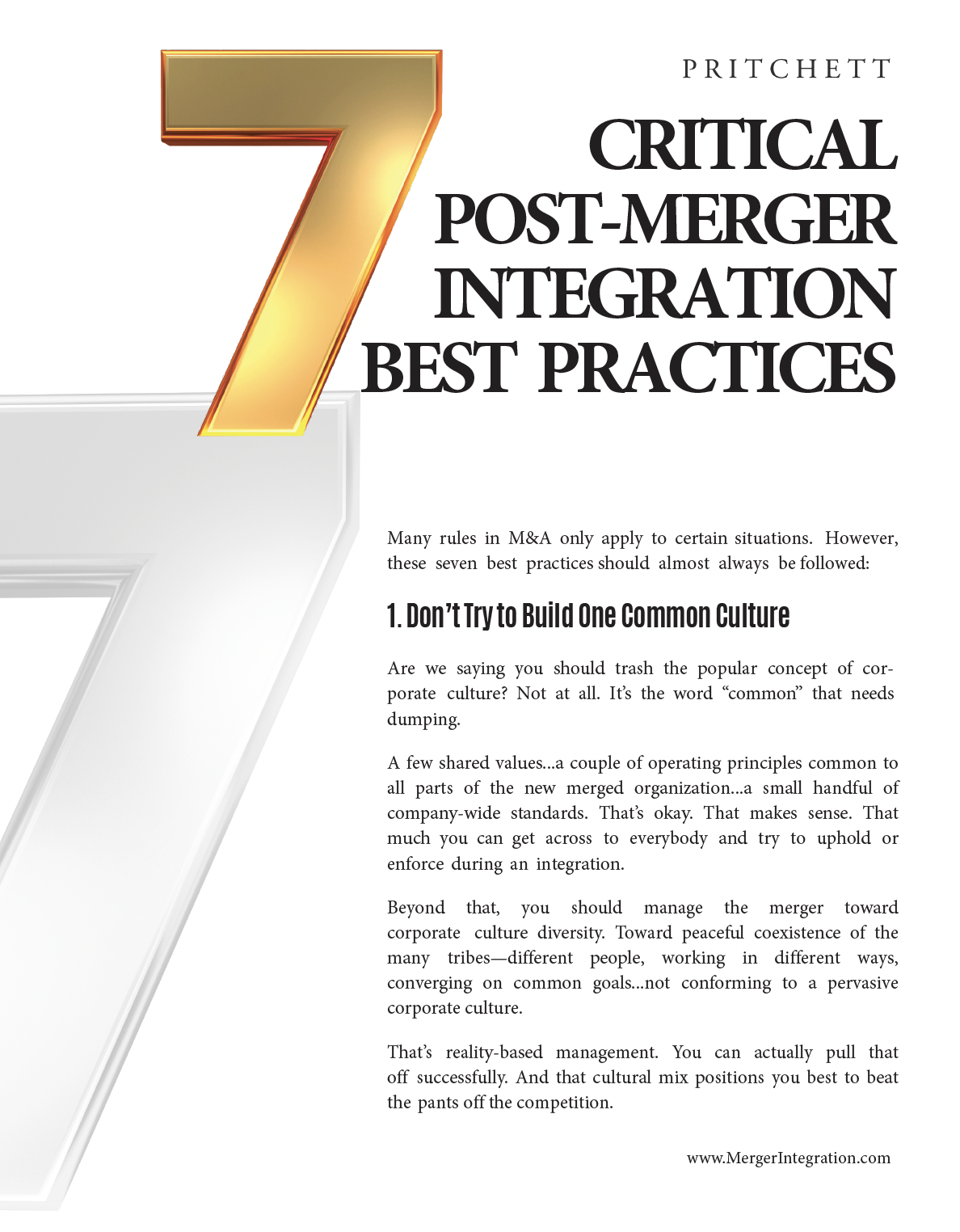There’s an old line that says, “If mama ain’t happy, nobody’s happy.” Adapting that notion to the world of M&A, I’d say, “If Sales ain’t happy, nobody’s happy.”
You can screw up the integration process in many ways and still have a successful merger, but the deal fails if you foul up at merging the sales forces. Sales brings money in the door. Or not. And that’s why post-merger sales integration is the #1 hotspot.
Mergers are always based on a financial logic, and that’s how they’re ultimately graded—not on a “morale” logic, or “culture compatibility” quotient, or other random metrics. In the final analysis, the supreme results are about money. If your salespeople are churning out killer results, that alone can protect the deal from becoming a victim of most integration sins.
Here is the problem: Too frequently organizations approach sales force integration the same way they go about merging other functional areas. It’s a dangerous mistake because Sales is a different beast.
For example:
- Salespeople are your direct link to the group we fondly refer to as customers. And your business is totally dependent on this group for survival.
- These customers are critical stakeholders in your M&A deal. But they’re external, such that your control and influence are far more limited.
- The Sales integration process needs to reach beyond your company’s boundaries and engage these stakeholders successfully.
- Salespeople are the shepherds of this process They function as the all-important “connective tissue” between these external stakeholders and your company.
Trouble is, once your deal is announced, it’s like duck season opens and your competition comes gunning. They’re after your best salespeople as well as your customers.
You need to get there first and protect your sales.
A survey of M&A professionals by McKinsey highlights the risks. Asked which function had the greatest need for improvement during the integration phase, the respondents singled out Sales & Marketing . . . by a wide margin.

